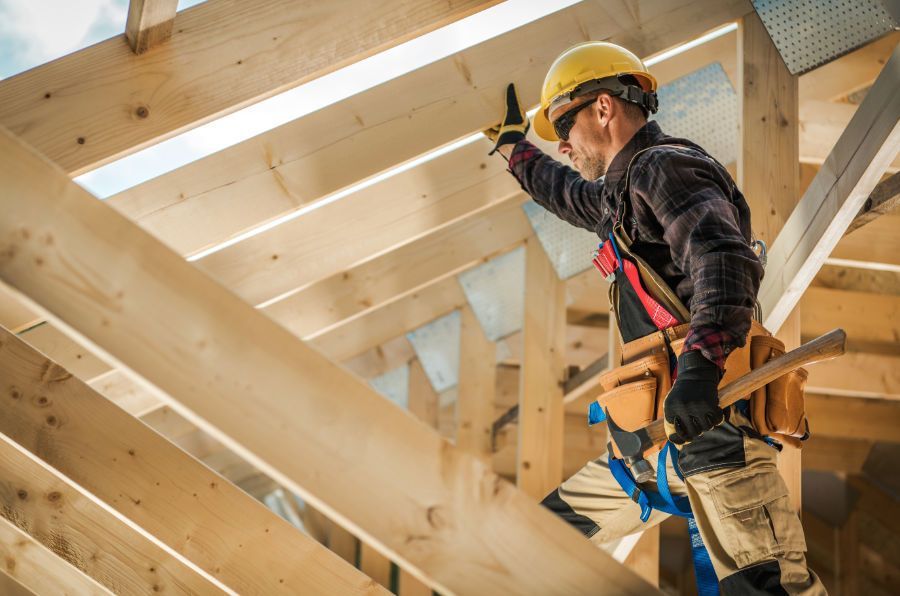Which ADU is Right for me? Ground-Up Construction vs. Garage Conversion

ADUs are a great way to step into the real estate investment market. Typically, This is because they're cheaper to build than a brand-new house, especially if you’re converting a garage. This means you don't need to invest in a new property to gain a rental. The fact that an ADU is within your property can also help first-time investors manage it themselves. For experienced investors, ADUs can help maximize the income a property can generate.
Below is a list of elements to consider when building a brand-new ADU or converting your garage.
Budget
Your personal build budget is usually the primary factor in deciding which kind of ADU you’re going to build. For those with a tighter budget, a garage conversion will likely be preferable, as, on average, it can cost from $100,000 to $150,000. However, in these cases, you're limited to the dimensions of the original garage.
While building a brand new ADU does allow for more creativity, you’re still limited by the maximum allowed size of 800 square feet in Long Beach, CA. For a ground-up build, the general average starts at $200,000 and can go as high as $400,000 or more, depending on layout, materials, and
ADU design.
Time
Building a brand new adu or converting a garage into an adu takes time. Both choices provide several pros and cons based on your needs. While converting an existing garage into an ADU may take less time, you’ll likely be limited to the original garage dimensions. However, you’d be able to list and render the ADU much quicker. Ground-up construction may take longer to complete. If you maximized the allowed proportions, you could have a higher rental rate.
Additionally, the permits to convert a garage are approved quicker than those for new construction. This can greatly affect the timeline of your build. If time is not an issue, you can opt for new construction and acquire permits and materials whenever possible.
Garage conversions from when you first talk with a designer can take anywhere from 9 to 14 months if everything moves smoothly. If your plan is to maximize the potential income from renting the ADU, then perhaps the 10 to 18-month time frame for a ground-up ADU build is acceptable.
Space
Converting a garage may be more practical for homes with limited space than building a new ADU. However, you will sacrifice storage and parking space. Although there's no minimum lot size needed to build an ADU, ideally, you should maximize the available space to improve the rental income from the ADU. Naturally, accommodating a new construction ADU can be more straightforward if your home resides on a more considerable lot of land.
Potential Yield
The amount of time and money invested in your adu can greatly affect its yield. A garage conversion is usually limited in space because of the original building. A two-car garage is, on average, about 500 square feet, roughly the size of a studio or a single-bedroom apartment. Depending on the amenities provided in the rental, you could potentially earn $1,500 to $1,700.
Using the allowed 800-square-foot layout for a new construction ADU, you can build a two-bedroom, two-bath home. With the larger building, you could potentially see $2,500 or more, once again depending on amenities and
incentives provided to the tenant. Before listing your ADU, remember to do a
rental price analysis to ensure it is at a fair market price. This can greatly reduce vacancy periods.
Beginning your real estate journey can feel daunting, though it doesn't have to be the case. If you need more help deciding what kind of ADU is best suited for you or need help managing your ADU, we invite you to call us today at (562) 888-0247 or fill out our
Owner Application online.





